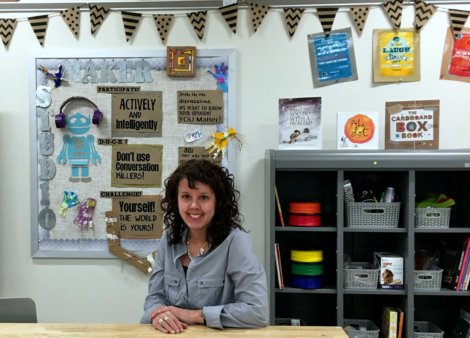
SXSWEdu, Educators, Entrepreneurs and the Importance of Problem Solving
Posted by Andrew Gardner on
I was lucky enough to be part of the BrainPOP team that attended and presented at this year’s SXSWEdu Conference and Festival, and wanted to share some of my thoughts and impressions.
Throughout SXSWEdu, the concept of “innovation” was everywhere, but it was particularly notable at the “LaunchEDU” Summit. Over the course of two days, a panel of judges assessed products and services from 24 start-up companies, all attempting to solve a specific education problem – from a more research-friendly search engine to a simplifying complex multiple log-in processes. As individuals and teams gave their “elevator pitch,” you could immediately see the engagement, excitement, and work ethic involved in starting a business. It got me thinking about how best to bring out these traits in students.
Problem-solving is a prime example of authentic and engaging learning. The process forces a team of people, with diverse skill sets, to draw on background knowledge, build new knowledge, and creatively combine knowledge into an authentic solution. It’s what innovators and inventors have done since the beginning of time. It’s what humans do well. It demands creativity. To quote Seymour Pappert, it’s “hard fun.”
So, how can harness this for the classroom? Sessions at the conference outside the the “LaunchEDU” event provided some answers. Two current trends, “Design Thinking,” and Game-Based Learning, help foster student creativity and problem solving skills. The importance of these trends lies in the fact that they ask students to go through a specific process of identifying problems and creating solutions. This helps build the creative “habit of mind” and skills that are necessary to solve diverse and complex problems. And in a world that is increasingly automated, imagination and creativity are the keys to keeping humans relevant.
There’s no shortage of Design Thinking curricula, including “Tools at School.” Tools at School is a project in which students redesigned the desk, chair and locker from the ground up, recognizing the flaws and proposing solutions to make these common objects better. Design for Change is a multinational movement uniting over 25 million children to help solve social issues like racism and poverty. Apple has suggested a curriculum framework called Challenge Based Learning, and educational philosopher Grant Wiggins offers a curriculum framework called UBD (Understanding by Design).
You probably know how much we value Game-Based Learning at BrainPOP. Playing a well-designed educational game provides opportunity for authentic problem-solving and exercises mental muscles. GameUp – our free online games portal – is home to dozens of cross-curricular learning games from some of the leading game creators out there.
It was great to see all the people out there working to solve some of the big problems facing education today. It was even more thrilling to get a first-hand look at individuals engaged in a meaningful creative processes. They prove to us that meaningful and engaging learning is the key component of any production process.
Are you doing meaningful problem solving with your students? Share your thoughts below.














